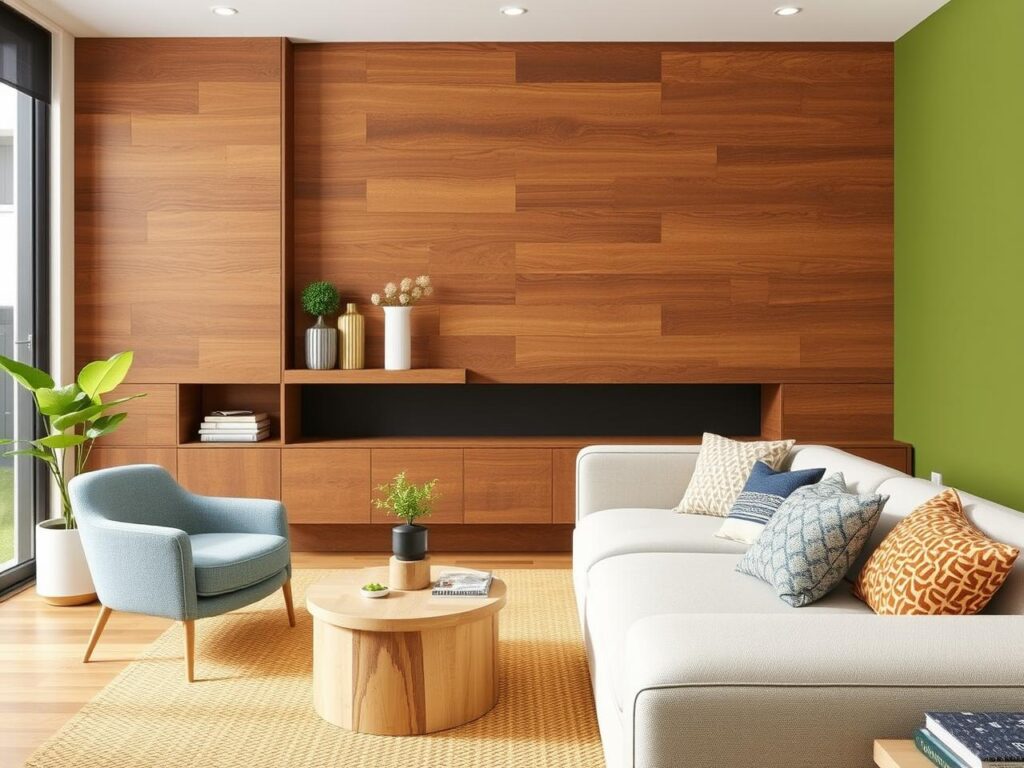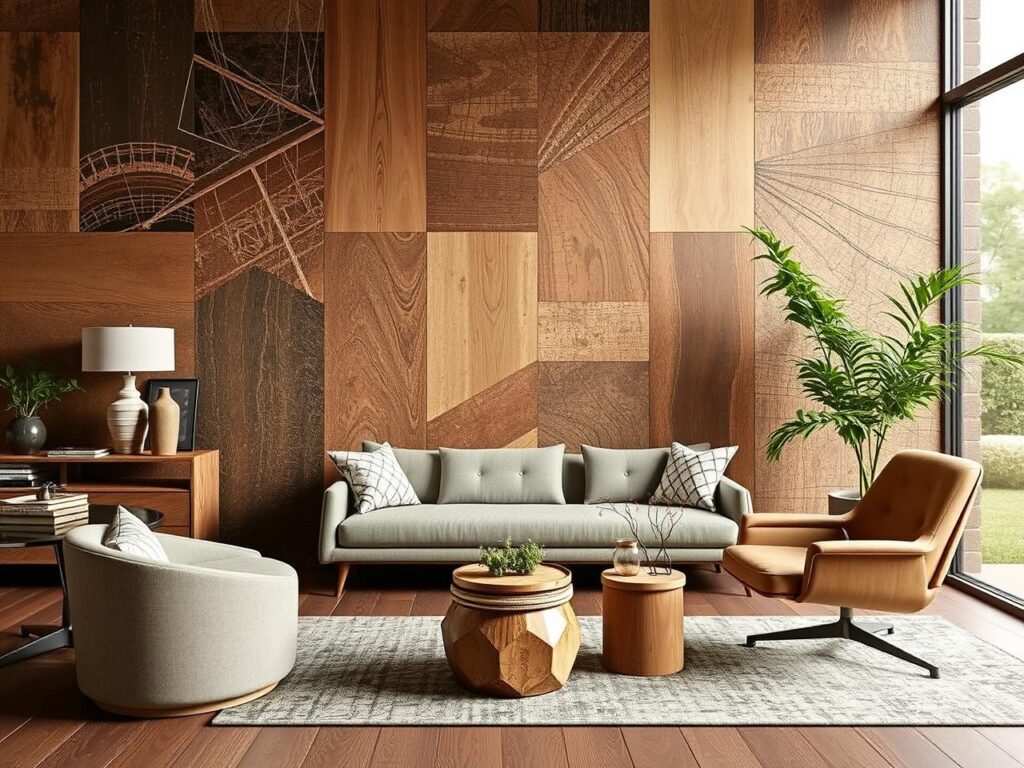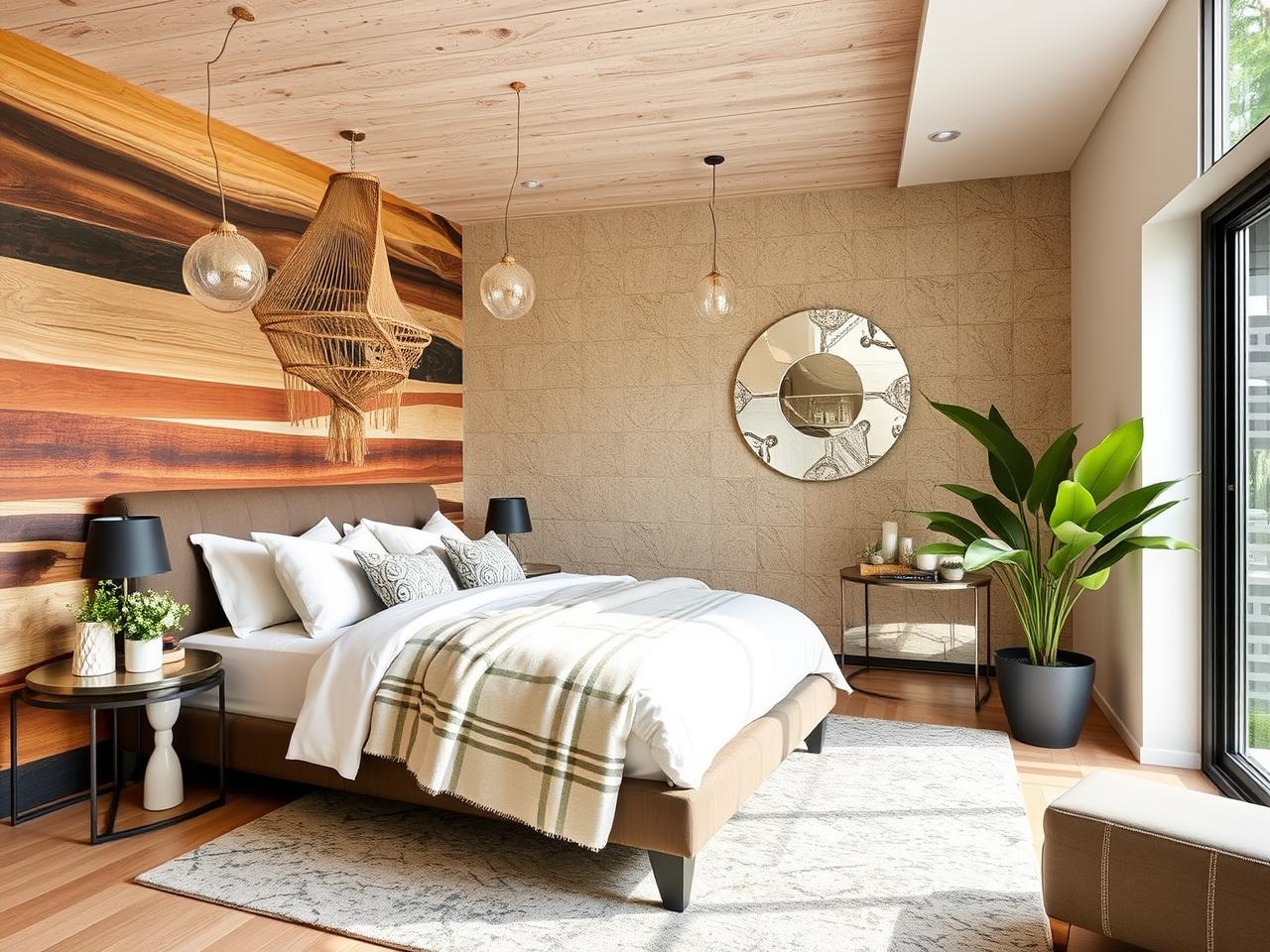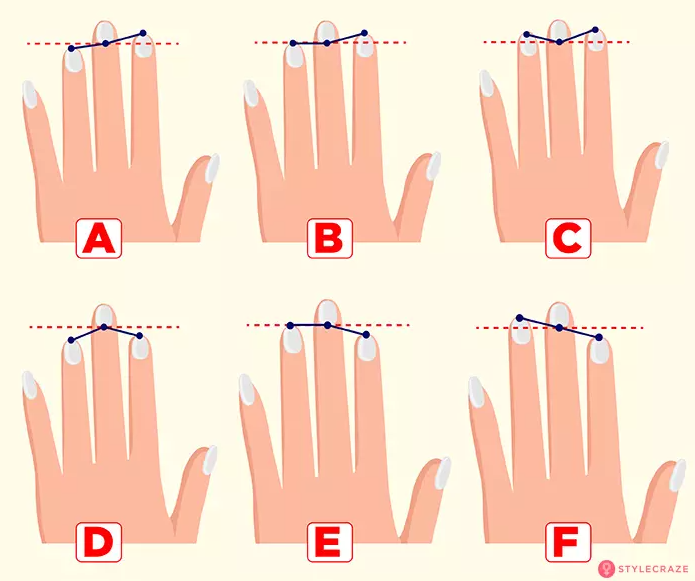Timeless Texture: Layering Different Materials for a Rich Home Experience
Layered textures play a crucial role in interior design, elevating spaces from mundane to exceptional. This design technique involves combining various materials to create a multifaceted and visually engaging environment, enhancing a home’s overall aesthetics and ambiance. Texture contributes depth, visual appeal, and warmth to interiors, making it an indispensable component in crafting well-designed and welcoming living spaces.
This article examines the significance of texture in interior design, exploring diverse materials used to achieve layered textures. It offers practical advice and creative ideas for blending and contrasting different textures to produce dynamic and visually striking atmospheres. Additionally, the article discusses methods for incorporating layered textures throughout various rooms in a home and provides guidance on maintaining and caring for different materials to ensure their longevity and continued functionality.
Key Takeaways
- Texture adds depth, visual interest, and warmth to a space, enhancing the overall aesthetic and experience of a home.
- Wood, metal, glass, fabric, and stone can be layered to create a cohesive and visually appealing look in interior design.
- Mixing different textures, such as smooth and rough, shiny and matte, and soft and hard, creates a dynamic and inviting atmosphere.
- Contrast in texture highlights key elements in a room and creates a sense of balance, adding to the overall visual appeal.
- Layered textures can be incorporated in various rooms of the home, including the living room, bedroom, kitchen, and bathroom, to create a cohesive and inviting atmosphere.
Understanding Texture

The Power of Texture
Texture is a vital element in interior design that can greatly impact the look and feel of a space. It refers to the surface quality of a material, which can be perceived through touch or sight. Texture adds depth and dimension to a room, making it more visually interesting and inviting. It can also create a sense of warmth and coziness, making a space feel more comfortable and lived-in.
Types of Texture
In interior design, texture can be achieved through various materials such as wood, metal, glass, fabric, stone, and more. By incorporating different textures into a space, designers can create a rich and layered environment that engages the senses and creates a unique and memorable experience for the inhabitants.
Understanding Tactile and Visual Texture
When considering texture in interior design, it’s important to think about both tactile and visual texture. Tactile texture refers to the actual feel of a material, such as the roughness of a stone countertop or the softness of a plush rug. Visual texture, on the other hand, refers to the perceived texture of a material based on its appearance, such as the grain of wood or the sheen of metal. Both tactile and visual texture play a crucial role in creating a well-balanced and visually appealing space.
Choosing Materials

When it comes to creating layered textures in a home, there are countless materials that can be used to achieve this effect. Wood is a popular choice for adding warmth and natural texture to a space. Whether it’s hardwood floors, exposed wooden beams, or a rustic wooden coffee table, wood adds a sense of warmth and character to a room.
Metal is another versatile material that can be used to add texture to a space. Whether it’s through metal light fixtures, furniture legs, or decorative accents, metal adds a sleek and modern touch to a room. Glass is a material that adds visual texture and can create a sense of lightness and transparency in a space.
Whether it’s through glass tabletops, mirrors, or decorative objects, glass can add a touch of elegance and sophistication to a room. Fabric is another essential material for adding texture to a space. Whether it’s through upholstered furniture, curtains, or throw pillows, fabric adds softness and comfort to a room.
Stone is a material that adds a sense of earthiness and durability to a space. Whether it’s through stone countertops, fireplace surrounds, or decorative accents, stone adds a timeless and natural texture to a room. By carefully choosing and layering these materials, homeowners and designers can create a cohesive and visually appealing look that enhances the overall aesthetic of their home.
Mixing Textures
Mixing different textures is an effective way to create a dynamic and inviting atmosphere in a home. By combining smooth and rough textures, such as pairing a sleek leather sofa with a rough-hewn wooden coffee table, homeowners can create a visually stimulating environment that engages the senses. Mixing shiny and matte textures is another way to add interest to a space.
Whether it’s through glossy ceramic tiles paired with matte stone countertops or shiny metal light fixtures against matte painted walls, mixing shiny and matte textures creates contrast and visual interest in a room. Soft and hard textures can also be mixed to create a balanced and inviting atmosphere. Whether it’s through pairing plush upholstered furniture with sleek metal accents or soft area rugs against hard flooring surfaces, mixing soft and hard textures creates a sense of comfort and contrast in a space.
By experimenting with different textures and layering them in creative ways, homeowners can create a unique and visually appealing environment that reflects their personal style and enhances the overall aesthetic of their home.
Creating Contrast
Contrast in texture is an important element in interior design that can be used to highlight key elements in a room and create a sense of balance. By incorporating contrasting textures, such as pairing rough with smooth or shiny with matte, homeowners can create visual interest and depth in their living spaces. For example, pairing a rough stone fireplace surround with smooth leather furniture creates an interesting contrast that adds visual appeal to a room.
Similarly, pairing shiny metal light fixtures with matte painted walls creates a sense of balance and sophistication in a space. Contrast in texture can also be used to create focal points in a room. By incorporating different textures in varying degrees throughout a space, homeowners can draw attention to specific areas and create visual interest.
For example, using textured wallpaper on one wall as an accent creates a focal point that adds depth and dimension to the room. By understanding the importance of contrast in texture, homeowners can use this powerful tool to create visually stimulating environments that reflect their personal style and enhance the overall aesthetic of their home.
Layering in Different Rooms

Cozying Up the Living Room and Bedroom
Layered textures can be incorporated into various rooms of the home to create inviting and visually appealing environments. In the living room, for example, homeowners can layer different textures by incorporating plush area rugs, cozy throw blankets, and soft upholstered furniture to create a warm and inviting atmosphere. In the bedroom, layering textures can be achieved through the use of luxurious bedding, soft curtains, and plush area rugs to create a cozy and relaxing environment.
Adding Sophistication to the Kitchen
In the kitchen, homeowners can incorporate layered textures by using natural stone countertops, sleek metal appliances, and glass pendant lights to create a modern and sophisticated look.
Creating a Spa-Like Atmosphere in the Bathroom
In the bathroom, layering textures can be achieved through the use of natural stone tiles, soft towels, and sleek glass shower doors to create a spa-like atmosphere.
Enhancing the Overall Aesthetic
By carefully considering the materials used in each room and layering them in creative ways, homeowners can create unique and visually appealing environments that enhance the overall aesthetic of their home.
Maintenance and Care
Caring for and maintaining the different materials used in the home is essential to ensure they remain beautiful and functional for years to come. Wood surfaces should be regularly cleaned and polished to maintain their natural luster and prevent damage from moisture or scratches. Metal surfaces should be cleaned with appropriate products to prevent tarnishing or corrosion.
Glass surfaces should be cleaned regularly with glass cleaner to maintain their transparency and shine. Fabric surfaces should be vacuumed or spot-cleaned as needed to remove dirt and stains. Stone surfaces should be sealed regularly to prevent staining and damage from moisture.
By following these maintenance tips and caring for the different materials used in the home, homeowners can ensure that their layered textures remain beautiful and functional for years to come. In conclusion, timeless texture is an essential element in interior design that can greatly impact the look and feel of a space. By understanding the importance of texture, choosing the right materials, mixing textures creatively, creating contrast, layering textures in different rooms, and caring for the materials used in the home, homeowners can create unique and visually appealing environments that enhance the overall aesthetic of their home.
Texture adds depth, visual interest, and a sense of warmth to a space, making it an essential element in creating well-designed and inviting living spaces. By incorporating layered textures into their homes, homeowners can create environments that engage the senses and provide a unique and memorable experience for themselves and their guests.
If you’re looking to create a rich and inviting home experience through layering different materials, you may also be interested in finding peace and unleashing your inner calm with the ultimate anxiety pen. This article offers tips and techniques for managing anxiety and finding peace in your daily life, which can contribute to a more harmonious and comfortable home environment. Check it out here.
FAQs
What are some examples of different materials that can be layered for a rich home experience?
Some examples of different materials that can be layered for a rich home experience include wood, metal, glass, leather, fabric, and stone.
How can layering different materials add texture to a home?
Layering different materials adds texture to a home by creating visual and tactile interest. It adds depth and dimension to the space, making it feel more inviting and visually appealing.
What are some tips for effectively layering different materials in home decor?
Some tips for effectively layering different materials in home decor include mixing textures, balancing different materials throughout the space, and considering the color and pattern of each material to create a cohesive look.
What are the benefits of layering different materials in home decor?
The benefits of layering different materials in home decor include creating a rich and dynamic space, adding visual interest, and making the home feel more personalized and unique.
How can layering different materials in home decor create a timeless look?
Layering different materials in home decor can create a timeless look by incorporating classic materials and textures that have enduring appeal. It can also add a sense of history and depth to the space.







